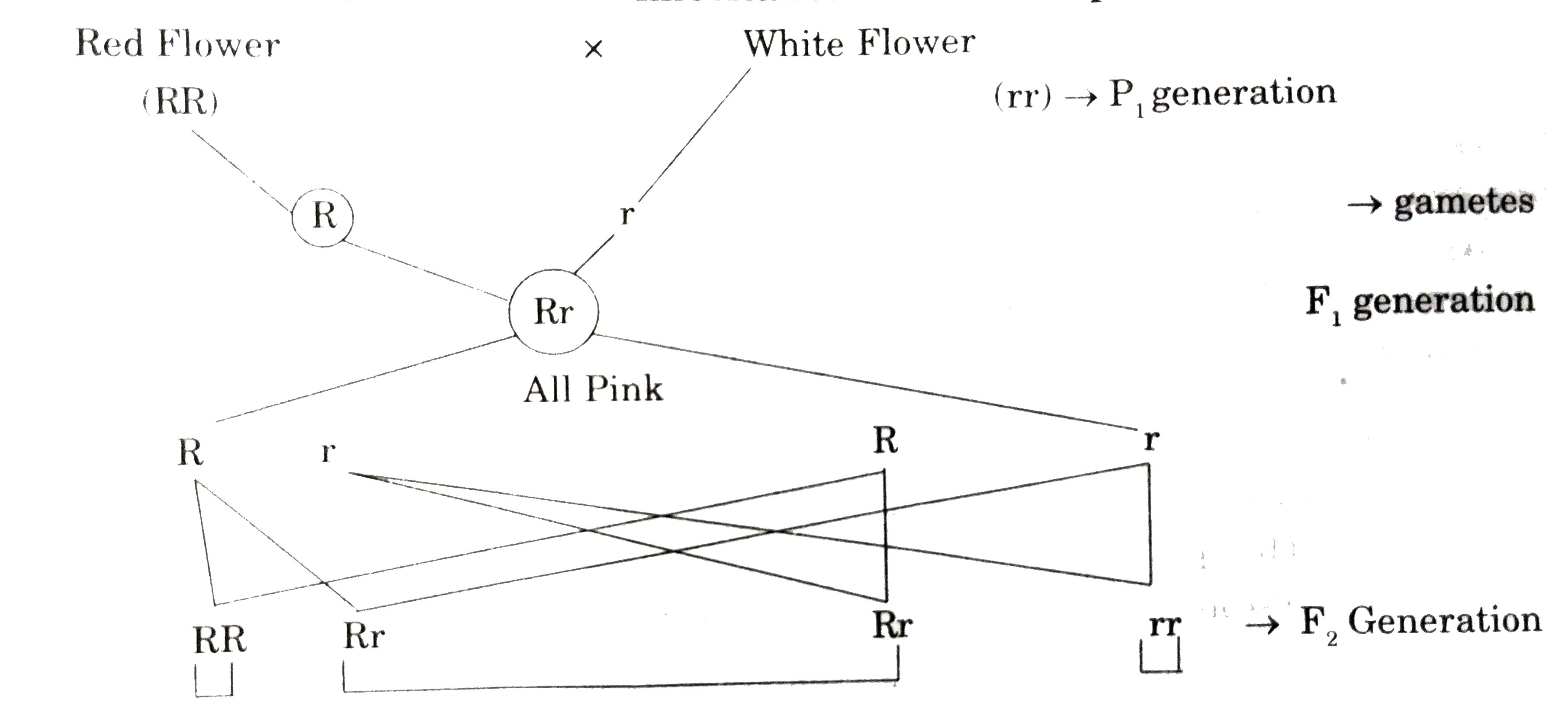Pollination between flowers borne on two different plants of the same species refers to:
Geitonogamy
Xenogamy
Cleistogamy
Herkogamy
The correct Answer is:B
To solve the question regarding the type of pollination that occurs between flowers borne on two different plants of the same species, we can follow these steps:
1. Understanding Pollination:
- Pollination is the process of transferring pollen grains from the male part (anther) of a flower to the female part (stigma) of the same or another flower.
2. Identify Types of Pollination:
- There are three main types of pollination:
- Autogamy: Pollination occurs within the same flower.
- Gaitonogamy: Pollination occurs between different flowers on the same plant.
- Xenogamy: Pollination occurs between flowers on different plants of the same species.
3. Analyze the Question:
- The question specifically asks about pollination between flowers on two different plants of the same species.
4. Determine the Correct Type:
- Since the question refers to two different plants, the type of pollination that fits this description is Xenogamy.
5. Eliminate Incorrect Options:
- Gytonogamy: Incorrect, as it refers to pollination between different flowers on the same plant.
- Clistogamy: Incorrect, as it refers to self-pollination within a closed flower.
- Hercogamy: Incorrect, as it refers to a mechanism that promotes cross-pollination but does not define a type of pollination itself.
6. Conclusion:
- The correct answer is Xenogamy.
Final Answer:
- Xenogamy is the type of pollination that occurs between flowers borne on two different plants of the same species.
---
- Pollination is the process of transferring pollen grains from the male part (anther) of a flower to the female part (stigma) of the same or another flower.
- There are three main types of pollination:
- Autogamy: Pollination occurs within the same flower.
- Gaitonogamy: Pollination occurs between different flowers on the same plant.
- Xenogamy: Pollination occurs between flowers on different plants of the same species.
- The question specifically asks about pollination between flowers on two different plants of the same species.
- Since the question refers to two different plants, the type of pollination that fits this description is Xenogamy.
- Gytonogamy: Incorrect, as it refers to pollination between different flowers on the same plant.
- Clistogamy: Incorrect, as it refers to self-pollination within a closed flower.
- Hercogamy: Incorrect, as it refers to a mechanism that promotes cross-pollination but does not define a type of pollination itself.
- The correct answer is Xenogamy.
- Xenogamy is the type of pollination that occurs between flowers borne on two different plants of the same species.
Similar Questions
Pollination between flower of different plant of the same specise is
(a) Xenogamy
(b) Geitonogamy
(c) Autogamy
(d) Homogamy
View SolutionIn Castor and Maize plants
(a) Autogamy is prevented but not geitonogamy
(b) Both autogamy and geitonogamy are prevented
(c) Male and female flowers are borne by different plants
(d) Anthers and stigma are placed at different positions to encourage cross pollination
View SolutionWe would expect the greatest difference in plant health between two groups of plants of the same species, one group with mycorrhizae and one group without mycorrhizae, in an environment
View SolutionCross between two species of the same genus is
View SolutionGive scientific terms for the following:
Process of transfer of pollen from the anther to the stigma of the same flower or a different flower of the same species.
View SolutionApant of Antirrhinum majus with red flowers was crossed with another plant of the same species with white flowers. The plants of the F1 generation bore pink flowers . Explain the patttern o inheritance with the help of a cross.

View SolutionApant of Antirrhinum majus with red flowers was crossed with another plant of the same species with white flowers. The plants of the F1 generation bore pink flowers . Explain the patttern o inheritance with the help of a cross.

View SolutionA plant with red flowers was crossed with another plant of the same species with white flowers. The offspring thus obtained were 60 plants all with only pink flowers. On selfing, these plants produced 60 plants with red flowers. Explain the genetic principle behind these results
View SolutionGive appropriate biological/technical terms for the following:
Pollination of a flower from the transfer of pollen of a flower to another plant of the same species.
View SolutionC4 plants are different from C3 plants with reference to
View Solution
